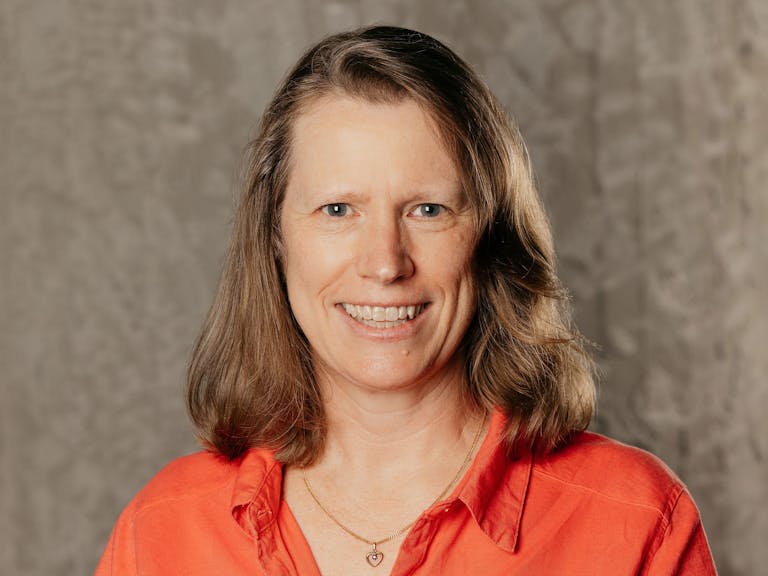Linda Mott
Linda is a Heritage Consultant and active member of the Purcell Heritage Consultancy Team, a group dedicated to understanding current rules and regulations across the practice. Within this capacity, Linda manages the library of templates and resources for the Asia Pacific arm of the business. In addition, she provides ad hoc advice to the Technical Leadership group and is a member of the Sustainability Group, who champion best practice sustainable solutions on all our projects.
Linda is based in Sydney but works across the region supporting projects in Tasmania, Victoria, South Australia, and Hong Kong. She also provides editorial support to our teams in the UK. Mainly working on heritage consultancy projects, Linda has experience delivering Heritage Impact Assessments and Conservation Management Plans. She enjoys historical research into the history and significance of a place which supports her efforts on site carrying out condition surveys and photography.
Referring to her introduction in to heritage as a ‘serendipitous moment’, Linda originally worked as an interior designer but had been working at the Australian Museum as a Collection Data Specialist prior to diving into conservation. Realising she needed specific qualifications to progress at the Museum, she undertook a Graduate Diploma of Museum and Heritage Studies at the University of Sydney (USYD). The course shared subjects with the Masters of Heritage Conservation, which she found to be much more appealing.
‘I was told by my lecturer at the time that a job writing CMPs was perfect for me. I love it because it is a mixture of all my interests and skills: research, history, architecture, interiors, and people. The combination and the interaction between the people, the place, and the building along with the context of what was going on in the world at that time is fascinating.’
Linda’s approach to conservation projects is all about understanding the place, matching up to the aim of a CMP. She feels a responsibility to the place, to express within her documentation its history, what’s important, and why it should be kept. This then enables owners to look after the place, maintain its significance and adapt it for continuing use.
‘I love learning all these tidbits of history – the ‘juicy gossip’ - that you don’t get taught at school, the little gems that happened in this place, or are associated with the place and its history. Not all are pleasant and positive, but they all add to the story, and tell you more about what happened at the place.’
Outside of work Linda is still actively involved with the Australian Museum as a part of Digitisation Volunteers (DigiVol). The aim is to photograph, and get all 25 million specimens, into the museum’s catalogue. Linda and her husband also wrote the database used by DigiVol to capture the specimen data for QC prior to uploading it to the collection management software.
